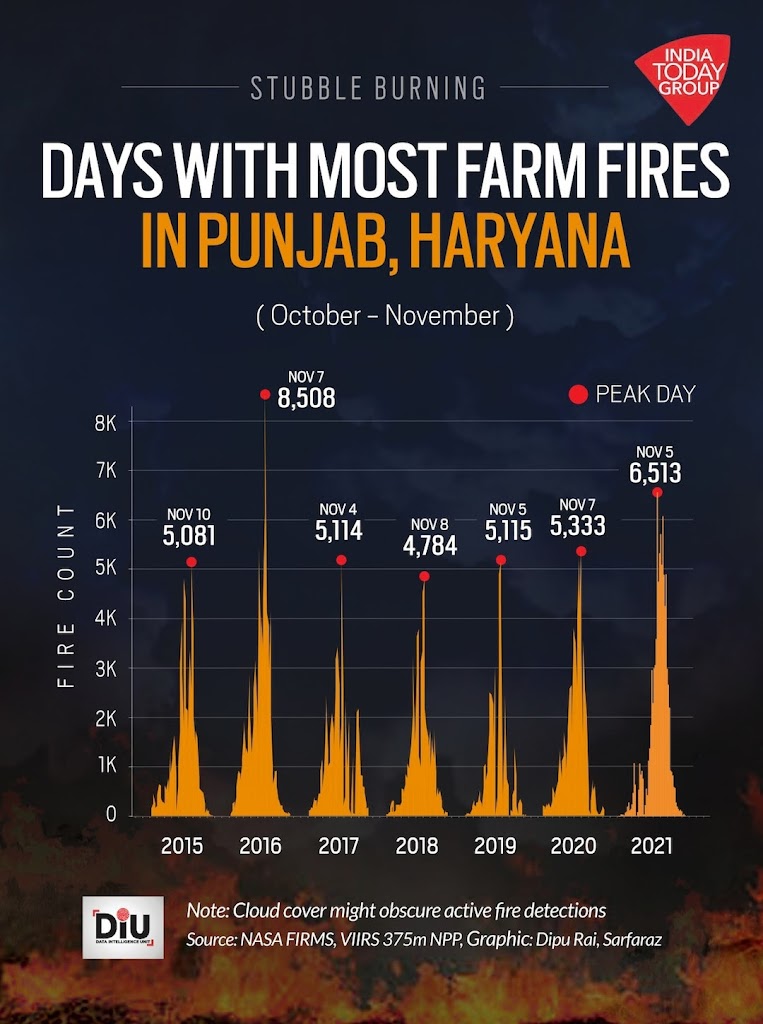The outcome of recent elections in Gujarat and Himachal Pradesh was a movement of celebration for both BJP and Congress. Congress won a state election (Himachal Pradesh) after four years. It is a great achievement of new Congress president Mallikarjun Kharge.
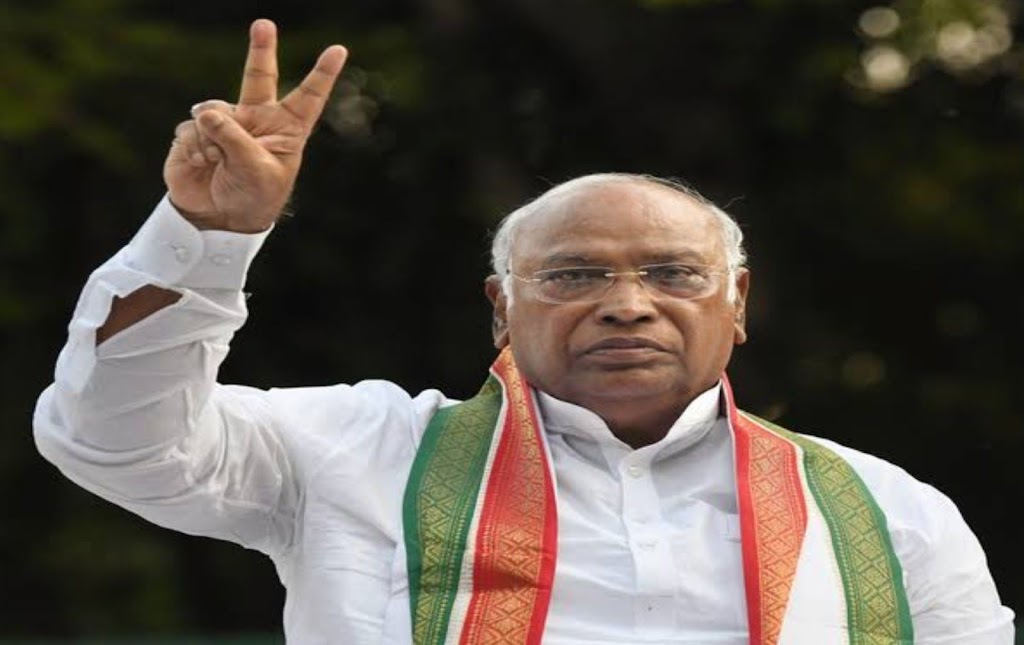
Congress president Mallikarjun KhargeOn the other hand, BJP marked its historic win in Gujarat after being in power for 24 years in the state. People in Himachal Pradesh has not given mandate to incumbent government for a second term in more than four decades. BJP failed to break this tradition of alternate government in Himachal Pradesh. BJP came to power in last Gujarat election with marginal victory. Hence, star campaigners like Modi and Amit Shah spent more time in Gujarat than in Himachal Pradesh.
As per India today, Modi addressed 37 rallies and Amit Shah addressed 43 rallies in Gujarat. In Gujarat, BJP won 156 seats out of 182, while AAP was able to eat into Congress space by winning 5 seats.
1. Media:-
Secular hardliners among journalists who tainted Modi since 2002 Gujarat riot all the way to till 2014 general election are now singing the glory of Modi’s leadership.
Many famous columnists whose writing is valued across Indian political sphere are gradually shifting to Hindutva at least by praising Yoga, Indian tradition and
cultural values. Gauri Lankesh and Kalburgi are examples of intolerance in India.
Most of the main stream media in India are owned by corporates and are after profit. They want to run their
business smoothly and they like revenue from government advertisements. Being part of NDTV, Burka Dutt played a major role in exposing several scams of UPA II. Later, she was kicked out of main stream media. Now Gautham Adani owns NDTV. In other words, those who cannot adopt to this change since Modi became prime
minister are left out.
2. A unique theory in Indian politics, which is not covered in political science:
Ambani, Adani, Anand Mahindra and almost every Corporate boss in India are happy with Modi’s
leadership. They express it while addressing media and on social media. They talk about ease of doing business under Modi’s regime at corporate events. Thus Modi became more acceptable in corporate world. Today, Modi is a great patriot and not a communalist.
Nowadays, we see a lot of people in corporate world proudly sharing their views about India, our culture, festivals and tradition. At times they are over doing it. This is because the same was tabooed, discouraged, or was belittled during previous regime.

The above said change is not limited to corporate world. It is applicable for workers in small factories, saw mills, and in all unorganised sectors. Those who own MSMEs are beneficiaries of Modi regime. Government policies are favouring them. Their business depends on raw materials, sale of finished goods and finances. It will take place smoothly, if they don’t go against union government. So, they too will sing the glory of union government like corporate bosses. And their workers will do the same. Prime minister celebrating Deewali with soldiers every year and he working all 365 days a year without a vacation is applauded by people from all walks of life.
3.Opposition’s role in what is happening around
UPA II was immersed in corruption. They lost credibility and acceptance among people. Congress leaders were confused about what they should do as watchdog of democracy. Modi government used initial few years in power to change media, government institutions, independent constitutional bodies to work as per their terms. This is exactly what Congress did to rule India for more than fifty years. It adversely affected India’s development, though we cannot ignore significant achievements of independent India in various fields during Congress regime. In other words, the prolonged Congress rule limited India’s development.
The above said strategy was followed by Communist government led by Jyothi Basu in west Bengal. It helped
them to rule Bengal for 34 consecutive years. As a result, Bengal remained a poor state. It lacked infrastructure and development. Today, we see Bengali migrant workers across India who work on comparatively low wages. Mamatha Banerjee who defeated Communist in Bengal won for the third consecutive term using the same
strategy. Now the existence of Communist in Bengal is under threat like how the existence of Congress is under threat in India.
In Kerala, people elected alternate government. Today, Kerala is leading state in India in human development index when Bengal is at 28th position in HDI as of 2019. In 2011, Bengal’s ranking was worse than what it is now, after 34 years of continuous Communist rule. Even now, the Communist leaders in India will brag about Jyothi Basu and 34 years of Communist rule in Bengal. So, we can conclude that electing incumbent party back to power will help them to continue their development projects without hindrance, but alternate government will produce better result.
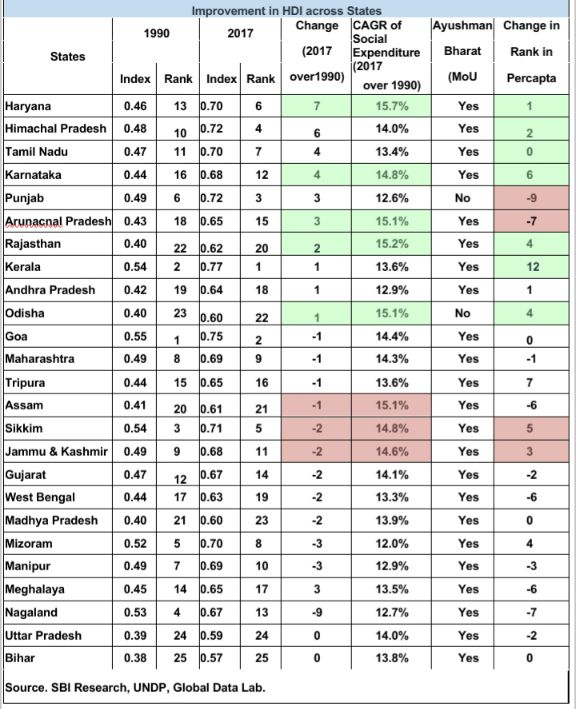
Karnataka assembly election is due in May 2023, which is just five months away. Karnataka election is crucial for both Congress and BJP. It is home state of new Congress president Mallikarjun Kharge. Both Congress and BJP have strong presence in the state. The election campaign will start soon.
One way to win election is by polarizing voters, which happens to be the trend in India now. Same old strategy of ‘divide and rule’ which was introduced by British Empire in India. Karnataka government banned Hijab in educational institutions last year. The Hijab row gained media attention and became the topic of discussion in prime time news in national news channels. All the opposition leaders in India were against Hijab ban till the protest broke out in Iran following the custodial death of 22 year old Jina Mahsa Amini. She was arrested by morality police for not wearing Hijab properly and severely beaten.
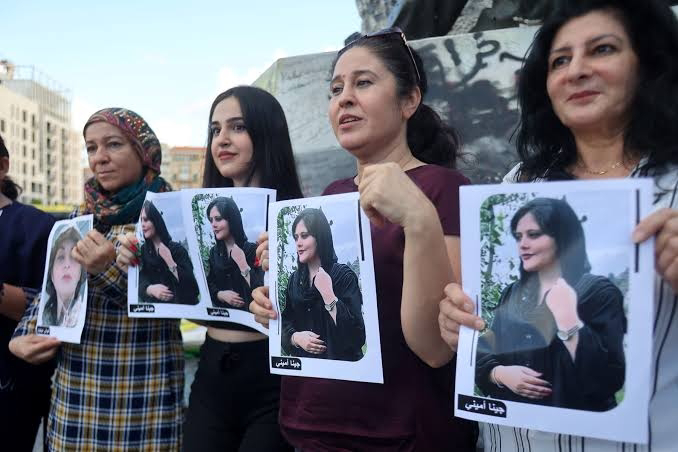
Protestors in Tehran holding photo of slain Mahsa Amini.If I am not wrong, the protest in Iran and the rest of the world followed by this incident could have helped opposition leaders in India have a paradigm shift. Last February, prime minister Modi in his poll rally in Saharanpur, Uttar Pradesh said that people are finding new ways to block the rights and development of Muslim women. He assured that the Muslim women can wear Hijab in UP without fear under BJP rule.
When Modi goes to Karnataka for election rally, will he admit to people in Karnataka that the BJP state government in Karnataka was wrong in banning Hijab? Or, will he say what protesters in Iran said?

Above two paragraphs helps us to understand how the politics of division diverts the attention of voters from real issues that affects their lives and livelihood. Another way to win election is by addressing real issues of people, while in power. The opposition will point out the failures of ruling government and will promise to address the real issues of voters, if elected to power.
In Karnataka, the majority of voters are farmers like how it is in the rest of India. Congress won elections in Madhya Pradesh, Rajasthan and Chhattisgarh with a promise to waive farm loan. Even the NDA led by prime minister Modi promised farm loan waiver to win 2019 general election. Why would farmers in India have debt which they cannot afford to repay? Is it because they are all drunkards? Or do they spend a lot in gambling?
We know that farmers are hard working people and farming is the only gamble they do. We are living in a world where there is food shortage. This means that there is demand for agricultural produces from across the world. Crop failure due to natural calamities is a risk which can be mitigated through crop insurance. Lack of government support, and the government allowing middlemen to exploit farmers is the only reason for farmer’s misery. In India, at least 65% of our population are farmers. All these political parties who wants majority in election are helping middlemen and Mandi owners. Mandi owners, middlemen, the vendors and every other who gain from exploiting farmers put together is not even 5% of our population. And we call it democracy. Or, this is how mother of democracy functions.

Siddaramaih the former chief minister of Karnataka was a Janata Dal (Secular) leader before joining Congress. When he was in JD(S), all JD(S) leaders including Siddaramaih worked with professor M D Nanjunda Swamy, the founder of Karnataka Rajya Raitha Sangha (KRRS). Or, they used KRRS to protest against the then ruling government. After becoming chief minister, Siddaramaih ducked media on several occasions when asked about farmer’s concerns. He choose to mock farmers saying that he too is a farmer. He didn’t commit suicide, but farmers in Karnataka did. Supreme court verdict in September 2016 asking Karnataka to release more water to Tamilnadu, when it posed a threat to drinking water in Karnataka was a failure of Siddaramaih.
After loosing power in 2018, Siddaramaih as opposition leader is busy fighting for farmers. Some of them are, farmer’s suicide, shortage of fertilizers in the state, demanding farm loan waiver, he wrote an open letter asking citizens to support farmers, he criticised land reforms and said that liberalising farmland ownership is a scam bigger than illegal mining. He demanded ₹25 lakh compensation for farmers who died in Delhi protest. Not just Siddaramaih, this is what almost every political leader in India did to help farmers.
There were instances of Europe and western countries rejecting farm produces from India, because they were the product of genetically modified seeds. Certain modifications are not allowed in those countries. In India, our government approves them. The consumers will suffer if its harmful. If it causes loss, then the farmers will suffer. And there is absolutely no liability on companies who sell these seeds. Isn’t this corruption?
If buying a tractor will not help a farmer to earn money, then the subsidy and loan for tractor are meant to help tractor manufacturers to sell their tractors. Similarly, if the fertilizer (both imported and Indian made) won’t help farmers to earn, then the subsidy and loan for fertilizer is meant to help fertilizer sellers. It is true that in India, the loans under various schemes are often loans to help equipment manufacturers to sell their goods and not the one who obtains loan. The actual beneficiaries are big companies. For example, those belonging to SC/ST community are entitled to get loan up to ten lakh for self employment. Often the scheme helps car anufacturers, OLA and Uber. There are many other options to invest ten lakhs in profitable business, but government didn’t take initiative to equip them with required skills.

The union government aims to achieve $5 trillion economy. As per the recent CNBC report on 21November 2022, the timeline for India becoming a $5 trillion economy has to be postponed. It says India lost two years of growth due to pandemic and the target can be achieved by 2026-27. We are a nation of 135 crore plus population. If we were to remove just ten lakh top richest people and their assets, then we are among the poorest countries in the world. The government’s vision to become $5 trillion economy can be achieved easily by helping farmers to get what they deserve for farm produces. Unfortunately, the union government’s road map for $5 trillion economy has nothing for farmers, other than a plan for crop diversification and land consolidation. Often, what farmers get is much less than those who work on daily wage.
The government through NITI-Ayog should do research to find ways to make farming economically viable. It will stop farmer’s suicide. All this development plans explained in this article are 100% practical and can change the lives of millions of Indians. The government need not have to waive farm loan every now and then. Helping farmers to earn up to their maximum potential will help 65% of our population to afford better food, education, healthcare and improved standard of living. It increases domestic consumption and India will soon be a $5 trillion economy.
Most of us in India are familiar with KISSAN fruit jam, Del Monte tomato ketchup and Lays chips. The ketchup, sauce, jams, jelly, tomato Puree, essence, flavours, flours, chips and snacks in packets are processed food using agricultural produces. Big brands purchase raw materials from farmers at throw away price. They spend considerable amount of money for advertisement, marketing and transportation. The union government should make concerted effort to help farmers get the price they deserve. This was explained in last few paragraphs of “Seventy years of farmer’s cry which went unheard”.
The union government should press Niti-Ayog to come up with plans to set up societies or PSUs of respective State governments to process farm produces into packaged food like jam, jelly, juices, honey, ketchup, chips, snacks, etc. The government should encourage micro units for individual farmers. The government should make attempts to create ecosystem, where farmers can process farm produces and sell in their respective towns and cities in small scale. Helping few MSME’s will only result in they making windfall gains and the hard working farmers will continue to suffer.
The government through agriculture and horticulture department should engage with farmers to educate them on organic-farming. They should encourage farmers to grow plants that helps micro-organisms like HUMICOLA, TRICHODERMA, PENICILLIUM ASPERGILLUS, which does nitrogen fixation.
Nitrogen fixation is a natural process where the above said micro-organisms will collect nitrogen from atmosphere and break it into ammonia and other chemicals which plants can absorb. Farmers across India are planting some of these plants in-between crops, but they are not adequate. Many are unaware of its importance and how it reduces the need for chemical fertilizers.

On 10 November 2022, The Guardian reported that the oil and gas industries have had 636 representatives at Egypt climate conference (Cop27), a rise of more than 25% on previous year. The oil lobby, who try to influence global climate goals are after profits and are least bothered about climate change. Then we have countries who try to justify their actions by talking about their respective country’s share in world’s cumulative emission.
These developing countries demand leeway stating that many developed countries exploited forests, ecosystem, fossil fuels and other natural resources for several years to become developed countries. These developing countries think that it is unfair to enforce global climate goals, which hampers their development. However, it is inevitable to switch to sustainable development and renewable energy at the earliest. There is no point in investing more to develop technology, which is obsolete and harmful.
The world is suffering due to climate change and pollution. This suffering will continue for several years, even if every country sticks to global climate goals. We already see the adverse effects of climate change everywhere. Natural calamities like earthquakes, floods, drought, scarcity of water, untimely rains, rain fall which is not uniform where some places will get heavy rainfall and some places will get sporadic rainfall.
 Pollution is the cause of chronic ailments like Cancer, respiratory disorders, cardiac problems, etc. We see plastic littered everywhere in our surroundings, in canals, rivers and ocean.As per recent studies, the poisionous plastic has entered human blood which
Pollution is the cause of chronic ailments like Cancer, respiratory disorders, cardiac problems, etc. We see plastic littered everywhere in our surroundings, in canals, rivers and ocean.As per recent studies, the poisionous plastic has entered human blood which
circulates in our body.
Air quality in Delhi-NCR is a major area of concern with air quality level touching hazardous limits every year. The fate of Delhi-NCR this year was no different. Its been a major worry since September. Delhi’s air quality index (AQI) dropped to ‘severe category’ and touched 410 on 19 December 2022.
India’s crop residue are estimated to be around 600 million tonnes every year. Out of it, Uttar Pradesh generates 17.9%, followed by Maharashtra which is 10.52%, then comes Punjab at 8.15% and Gujarat at 6.4%. An estimated 39 million tonnes of paddy straw is being burnt every year in Haryana, Punjab, Uttar Pradesh and Rajasthan.
Two years ago, Indian Agricultural research institute (IARI) in PUSA developed a low cost technology to manage crop residue. Decomposer capsules known as PUSA decomposer will cost only ₹20 for four capsules. Twenty five litres of solution can be prepared using four capsules, which is effective for one hectare of land. PUSA decomposer will decompose crop residue in thirty days. It will increase the fertility of land and will reduce the need for chemical fertilizer.
PUSA decomposer was developed in 2020 and by now it should have been known to farmers across India. But we see the stubble burning continuing across India. Delhi government is applying PUSA decomposer and requesting union government to make it mandatory in neighbouring states.
They said that it took five years to develop PUSA decomposer. In 2015, there were machineries available to cut stubble at soil level and shred them into tiny pieces which will decompose naturally. Farmers with small parcel of land can neither buy these machines nor they can hire it.

The government gave a written reply on 7 April 2022 to Rajya Sabha stating that the government gives 50% subsidy on machineries for crop residue management, and up to 80% financial assistance for cooperative societies for setting up crop residue management units.

In India, a large number of farmers own a small parcel of land. They cannot afford to rent machineries like tractor or the machinery for harvesting. Shortage of labours during harvest season adds to the problem. Such problems can be solved by planning the crop, where neighbouring farmers will grow the same crop at the same time.
It will be affective only with active participation of learned people from agriculture department and not through radio ads from agriculture ministry.
An article In intechopen.com gives you a fair idea about various ways to decompose agricultural residue and how it can be used to replace chemical fertilizers.
The union government should consider scraping all the commercial and private vehicles, which are older than 15 years. Soon we will have situation like Delhi in all major cities in India. Vehicle owners may not like such change, but this is what they do in all developed country. Even if we do it, we will still have vehicles with BS-3 engines running around for another ten years. Those who purchase truck or Bus will earn enough to buy a new one in fifteen years. The government can offer easy loan options with low EMI and subsidy on new vehicle for vehicle owners who scrap their old commercial vehicle. It helps to meet global climate goals and will be effective in controlling air pollution. It will increase the sale of new vehicles by many fold and automobiles sector in India will boom.
 Scarcity of water is another major problem India will face along with the rest of the world. Indiscriminate exploitation of both surface and ground water for irrigation and industries will lead to shortage of water in the near future. Future wars will be for water. Hence, the union government should use the work force under MNERGA for water conservation, rain water harvesting, building Check-dams and contour bunds, construction of units to recharge bore wells, etc. The union government should also provide subsidy and easy loans for such projects.
Scarcity of water is another major problem India will face along with the rest of the world. Indiscriminate exploitation of both surface and ground water for irrigation and industries will lead to shortage of water in the near future. Future wars will be for water. Hence, the union government should use the work force under MNERGA for water conservation, rain water harvesting, building Check-dams and contour bunds, construction of units to recharge bore wells, etc. The union government should also provide subsidy and easy loans for such projects.Isn’t this what political leaders should talk during election campaign in Karnataka and other states?



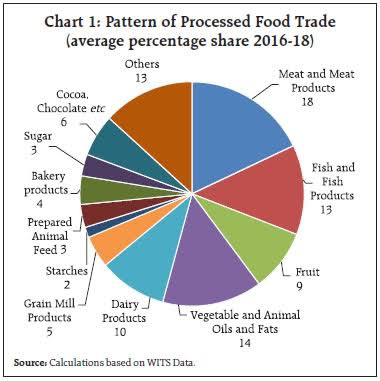
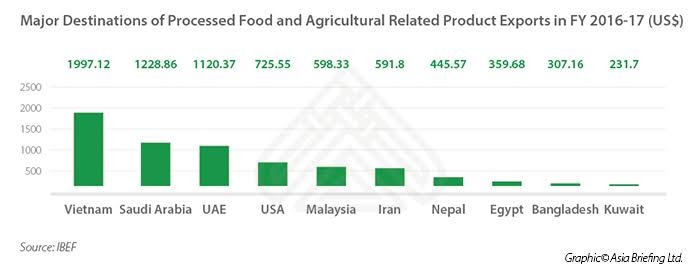
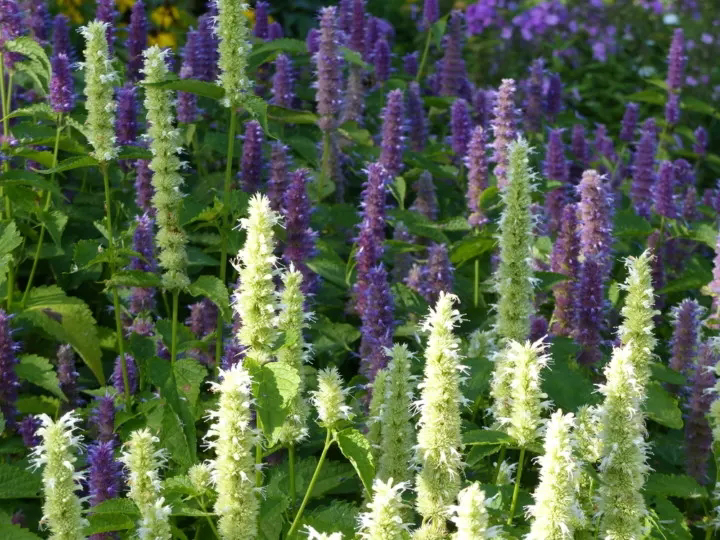 Representational image of nitrogen fixing plants grown in India.
Representational image of nitrogen fixing plants grown in India.